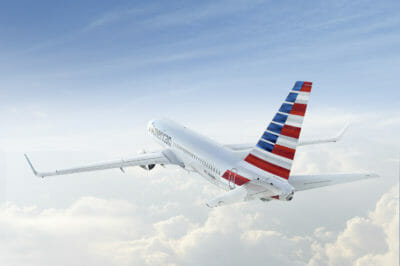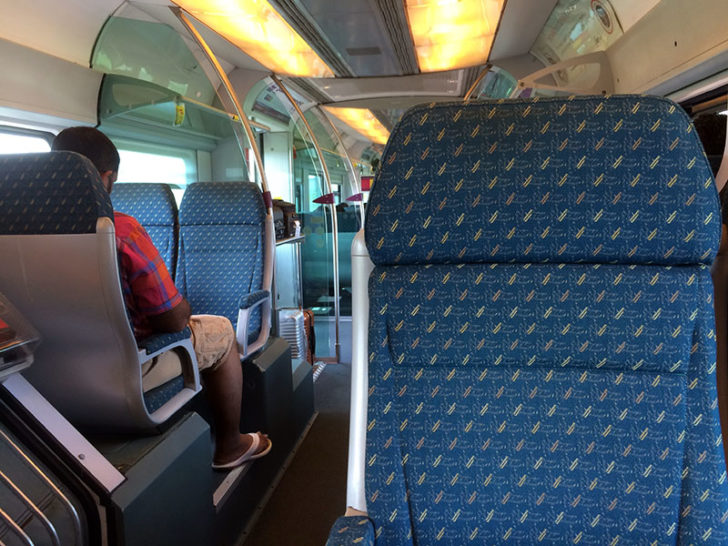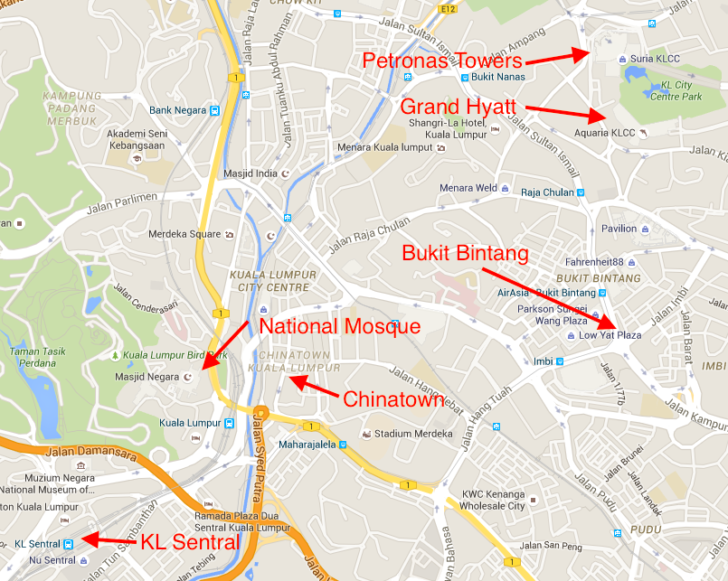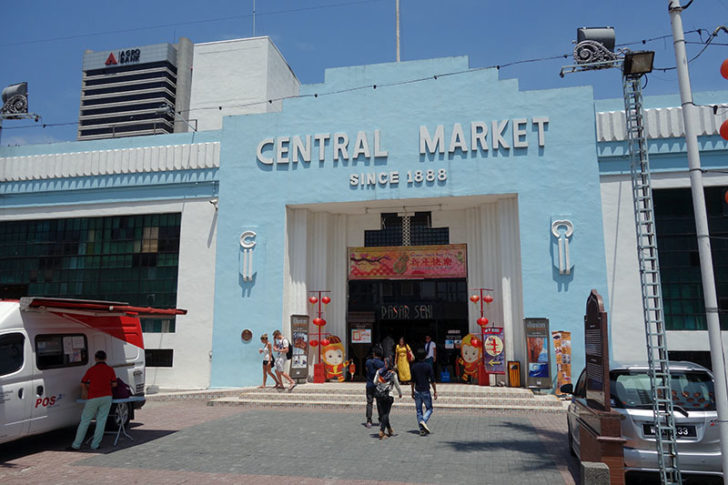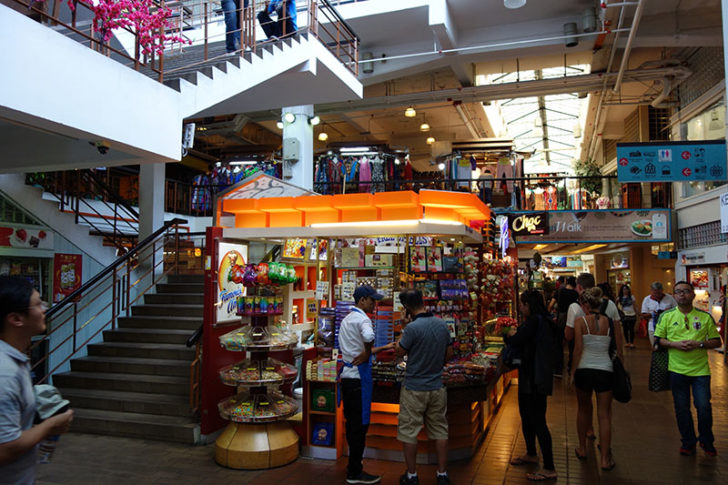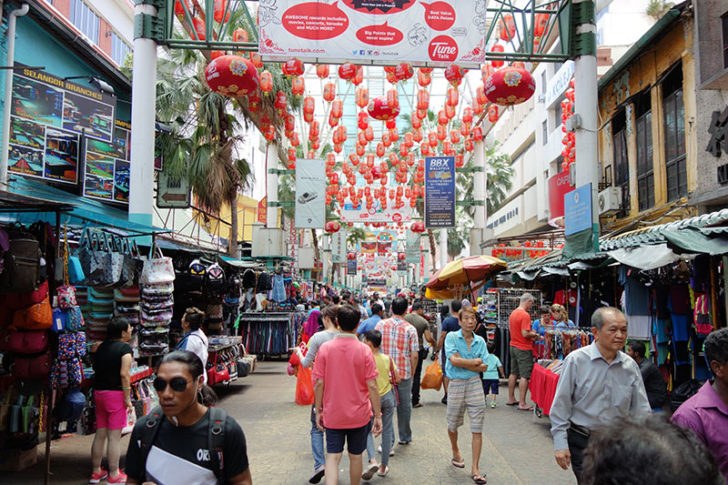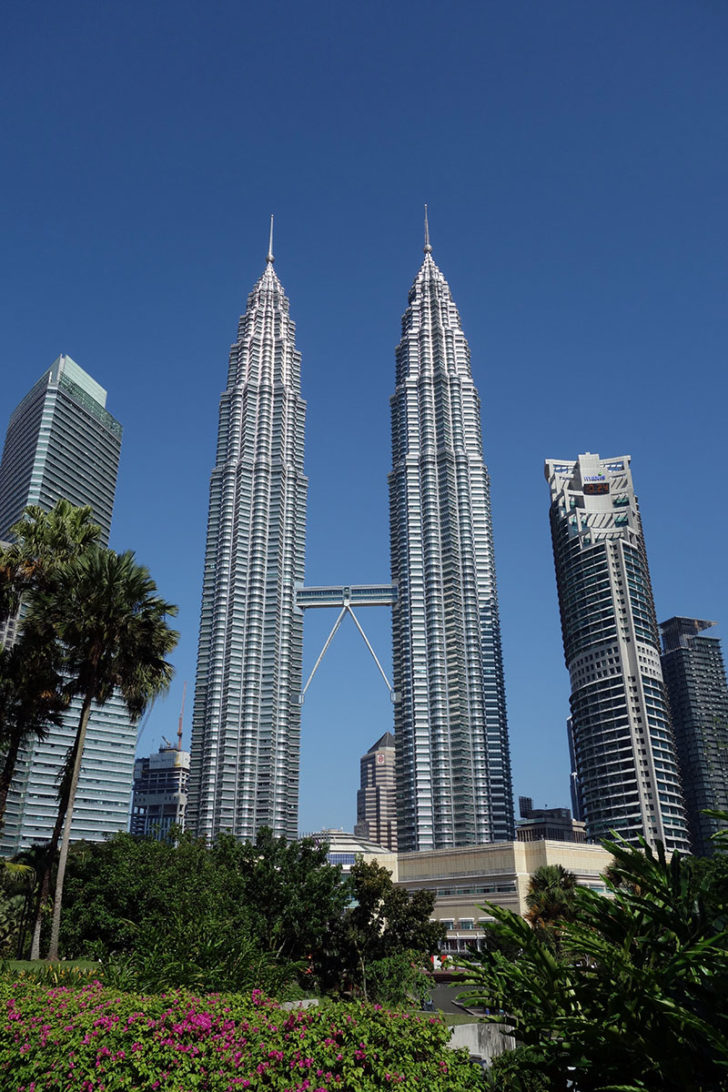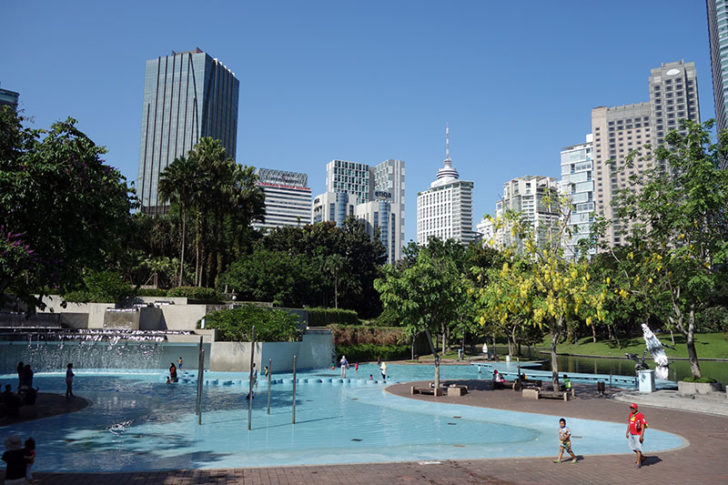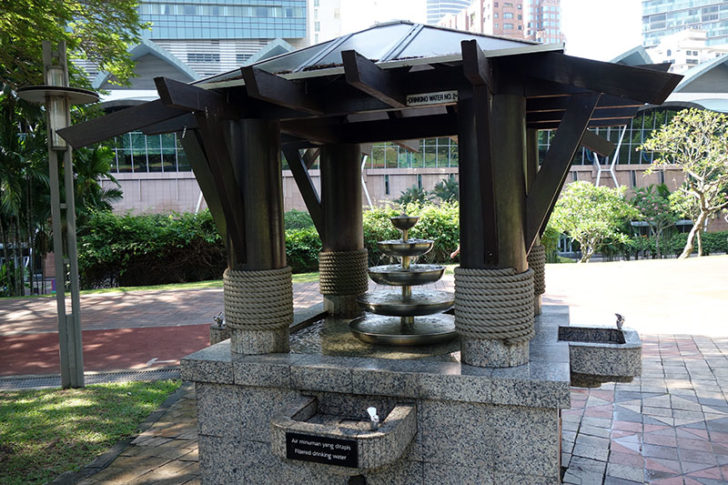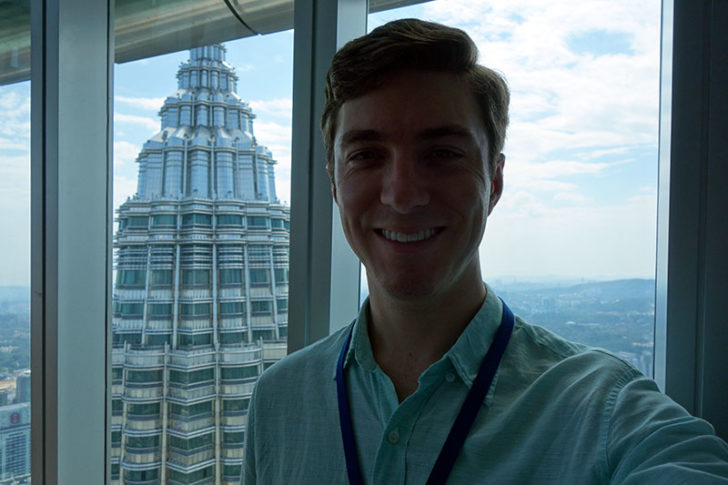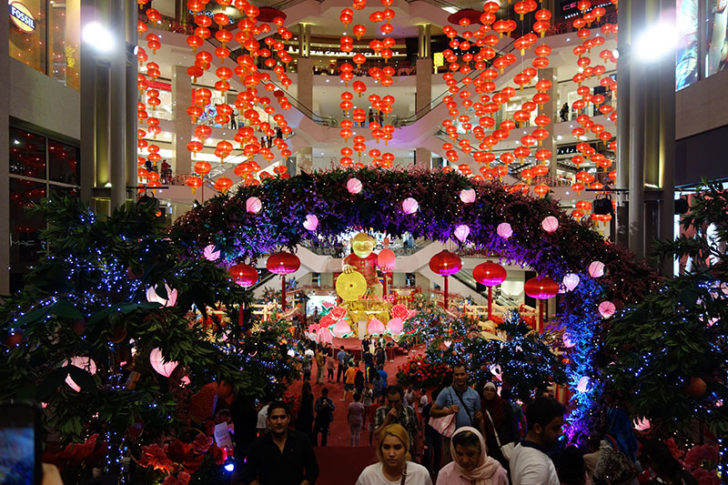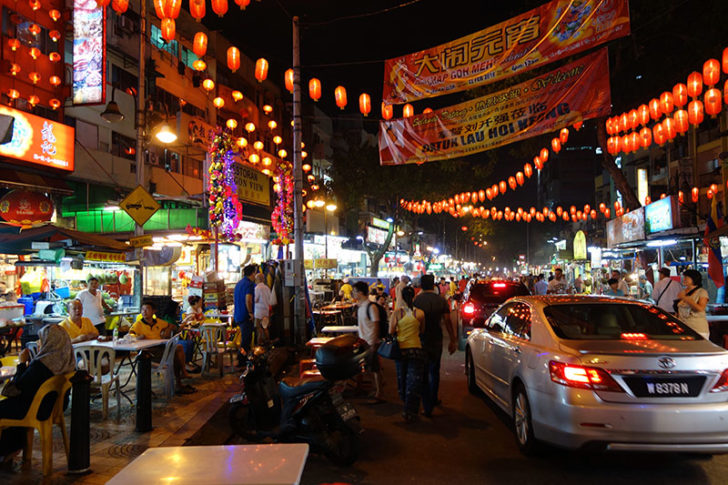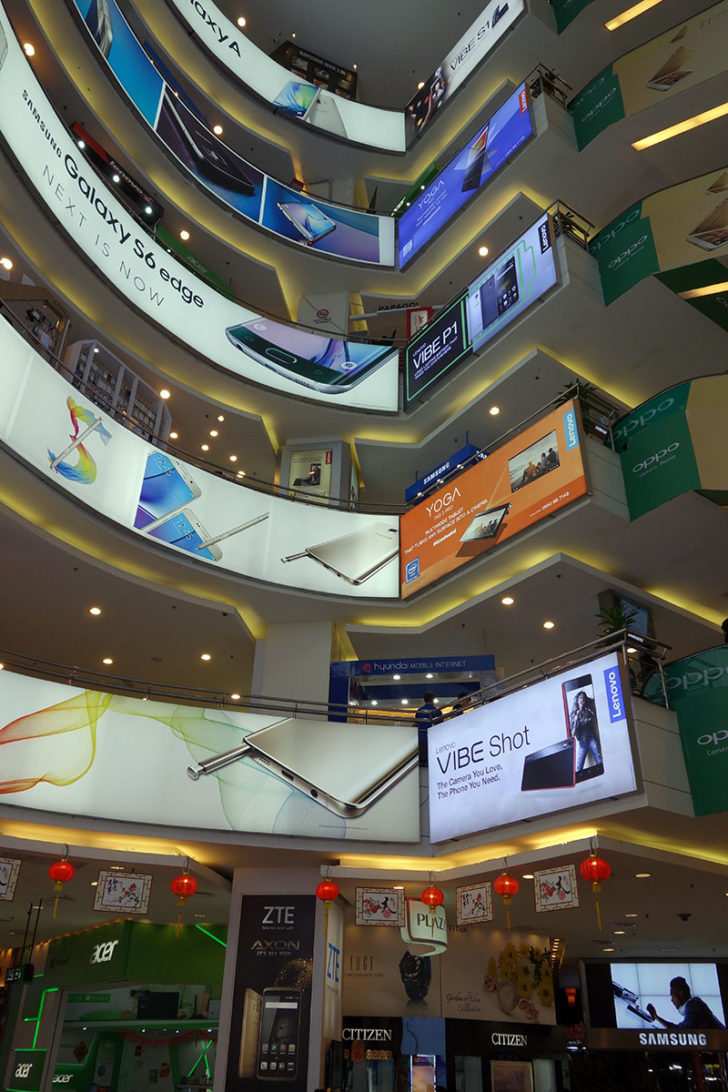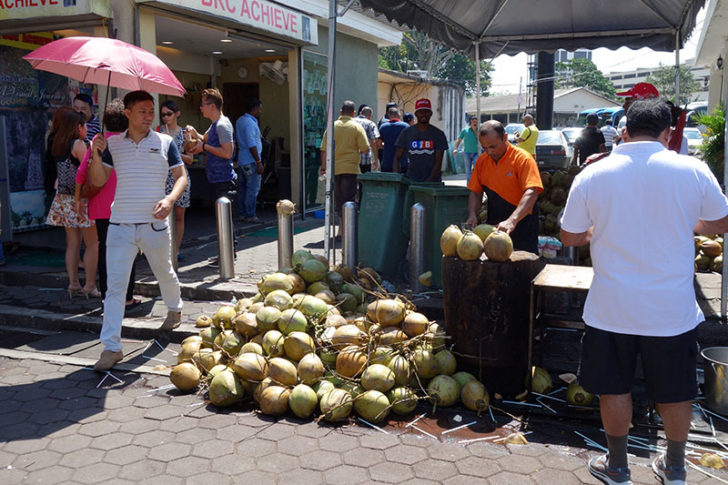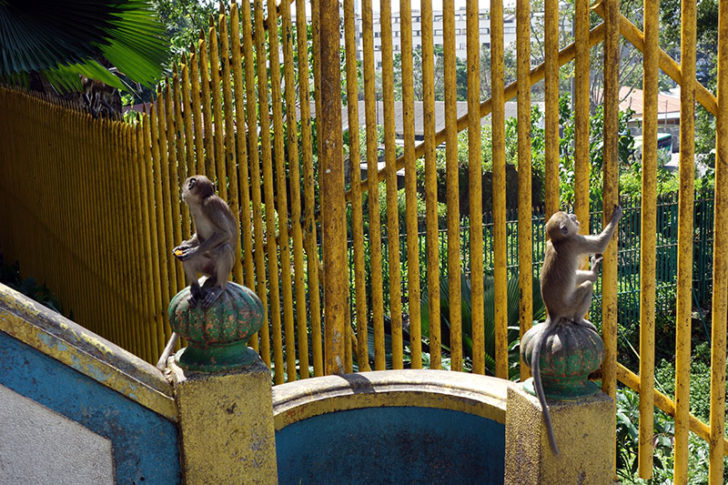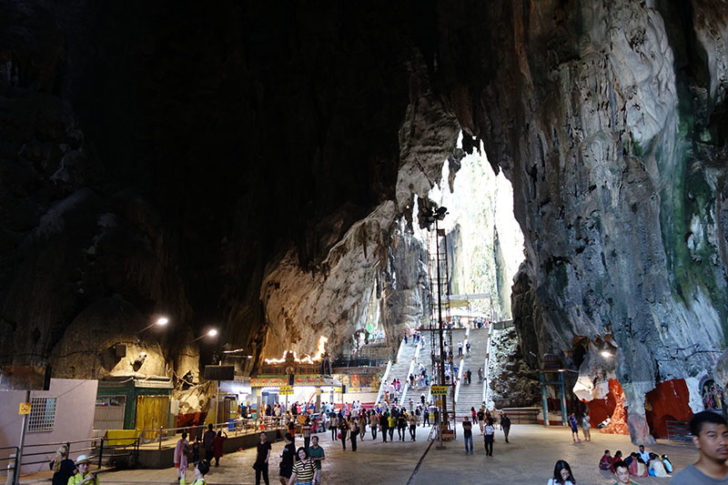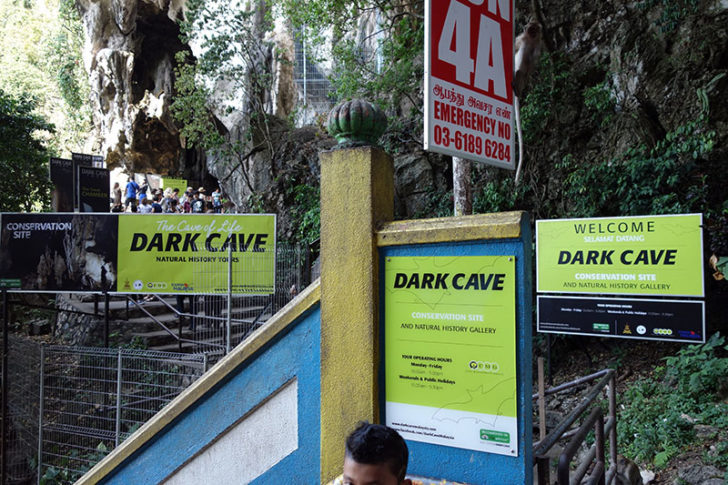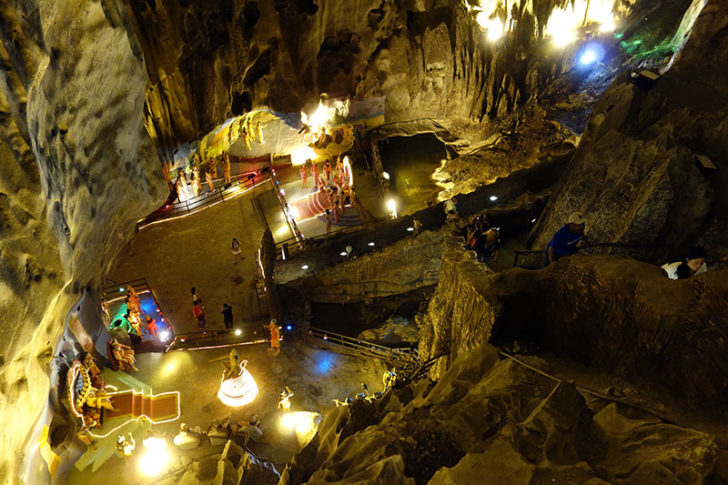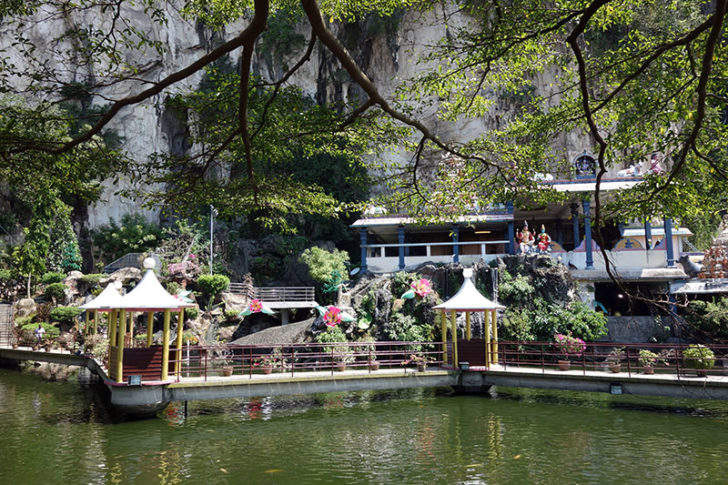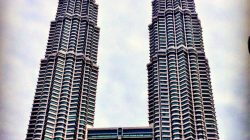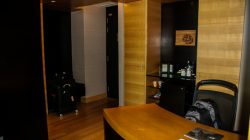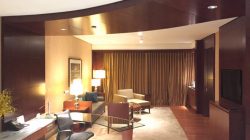This entire trip began with the goal to redeem two American Airlines systemwide upgrades before they expired at the end of February. I had a credit from a previous canceled flight and decided to book American’s new LAX-Haneda route, which is operated with a Boeing 787 and an aircraft I had yet to experience on the sort of long-haul journey it was designed for.
But I didn’t actually want to go to Tokyo. I was planning a later trip to that city with my wife and, at the time, my father. So on this trip I made arrangements to immediately connect onward to another destination in Asia. The question was, Where to?
On a short trip like this, it would probably need to be a major city. I settled on Kuala Lumpur as it was the only one I hadn’t been to and it also was a hub for a oneworld alliance member, which would make it easier to book connecting flights with American Airlines miles and get into airport lounges with my American AAdvantage Executive Platinum status.
Beyond this, I knew very little about Malaysia. Predominantly Muslim country. At one time home to the tallest buildings in the world. Grudge match with Singapore. Palm oil plantations.
Kuala Lumpur isn’t exactly the most fascinating city, and I don’t see myself making another trip just to go here. But it is a very interesting place where I’d like to travel again, and it offered some unique experiences. I would keep it on a short list of possible stopovers, along with better known cities like Bangkok or Hong Kong, when trying to visit a destination more remote.
Getting to and from the city is straightforward, but it’s not especially quick. The KL Express offers service between the airport and KL Sentral, one of the main train stations. It’s cheap and efficient. If you arrive late at night, you’ll need to take a taxi. Either option requires about 30-45 minutes, although the train is a smarter choice during rush hour.
Use the map below to orient yourself through the rest of the post.
Choosing where to stay is more complicated than deciding how to travel. There are several hotels at KL Sentral, and if I returned to Kuala Lumpur this is probably where I’d choose to go. It’s closer to the National Mosque, National Museum, a large park, and the shops in Chinatown.
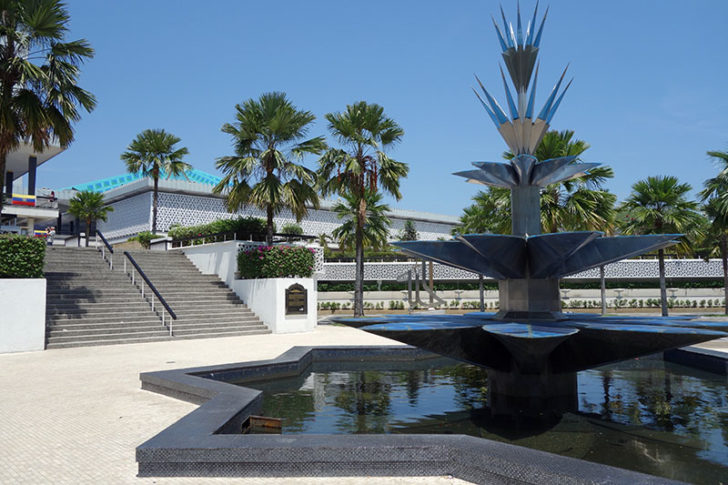
Many of the historic destinations are near the mosque. As I didn’t have time to visit the National Museum, I just walked past the former central train station. It continues to operate, although with the construction of KL Sentral there are no ticket counters or anything left here. The architecture is still impressive.
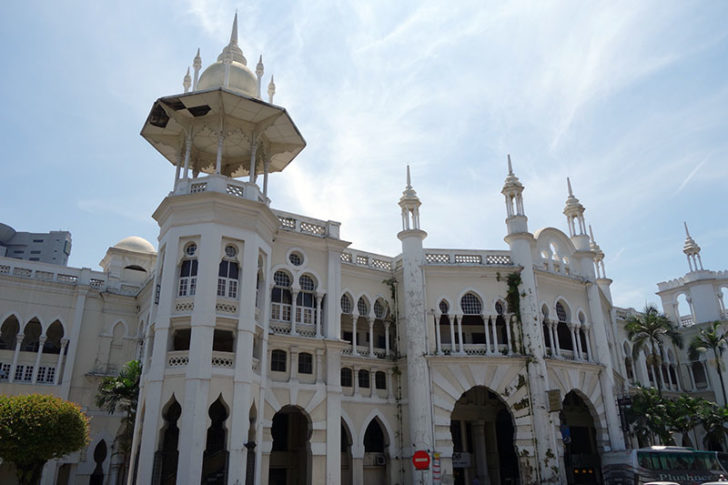
Walking inside and down the the platform I found a pedestrian bridge that travels about a half mile to reach Central Market. This old building still has lots of vendors inside, although many of them now cater to tourists. The outdoor market that runs next door was more interesting.
Most of the luxury hotels, like the Grand Hyatt, are going to be near KL City Center and the Petronas Towers. This isn’t a bad location, but there’s not much here besides modern shopping malls. You’ll also need to take a taxi to get here from KL Sentral (if you didn’t already take one directly from the airport).
KLCC has a lovely park in the center. You’ll find jogging paths, a shallow lake, and even a water park for kids. One of my personal obsessions when traveling is water fountains. I have to try the water fountains in every city I visit, and this is among the more impressive fountains I’ve seen.
Yes, I did take a tour to go up the Petronas Towers. The tour is longer than I would have liked, and a bit pricey, but it was worth it to go once. From here I could see every place I visited in Kuala Lumpur, including the Batu Caves (which don’t appear on the map above).
In between KL Sentral and KLCC is Bukit Bintang, which is an exciting place to go at night for local street food, a more upmarket pub street for expats, and a variety of shopping malls. Some places had gone all out on the decorations due to the recent lunar new year.
Low Yat Plaza is one of the largest specialty malls focused on electronics, although I personally found it a little boring when not in the mood to actually make a purchase.
One of my favorite activities during my stay in Kuala Lumpur was actually my first, although I saved the best for last. The Batu Caves are located on the northern edge of the city. Mass transit takes about an hour in each direction, or you could take a taxi. Watch out for drivers who attempt to haggle — they’re supposed to use the meter, although if you’re going to the caves I suppose it’s worth paying extra to have them wait around and take you home.
These caves are a sacred Hindu site. There are shrines outside and inside the caves, along with many vendors trying to sell drinks and trinkets. People write about the arduous climb up 272 steps. I didn’t find it very difficult, and besides it was entertaining along the way to watch the monkeys beg. (Don’t feed them. Seriously, all they got was junk food, which isn’t any healthier for them than it is for you.)
At the top of the stairs is a large cavern that then opens up on the other side. There’s a huge round entrance to the sky, with dozens of monkeys climbing the rocks and vines on the cave walls. If I came back, I would plan to spend a couple hours and dress more appropriately for one of the dark cave tours. There are many caves in Malaysia, but this is the most convenient.
Smaller caves at the base of the mountain charge a few dollars for admission and feature sculptures re-enacting important religious events. But if you’re hungry, there are also a few restaurants — even one that offers a sort of Hindu dinner theater (I don’t know how else to describe it).
In just two days — and despite my jet lag — I was able to see an awful lot of Kuala Lumpur. There is a great mix of historic and modern attractions to suit almost any taste, although I do think it’s important to plan your visit before arriving.
Like I said, location matters when picking a hotel. Mass transit isn’t quite as convenient as in some other major cities like Singapore or Hong Kong, and some distances can be too far to walk. A good comparison is to Bangkok, where I prefer to take a taxi or tuk-tuk almost everywhere. Fortunately the traffic is much better in Kuala Lumpur.

